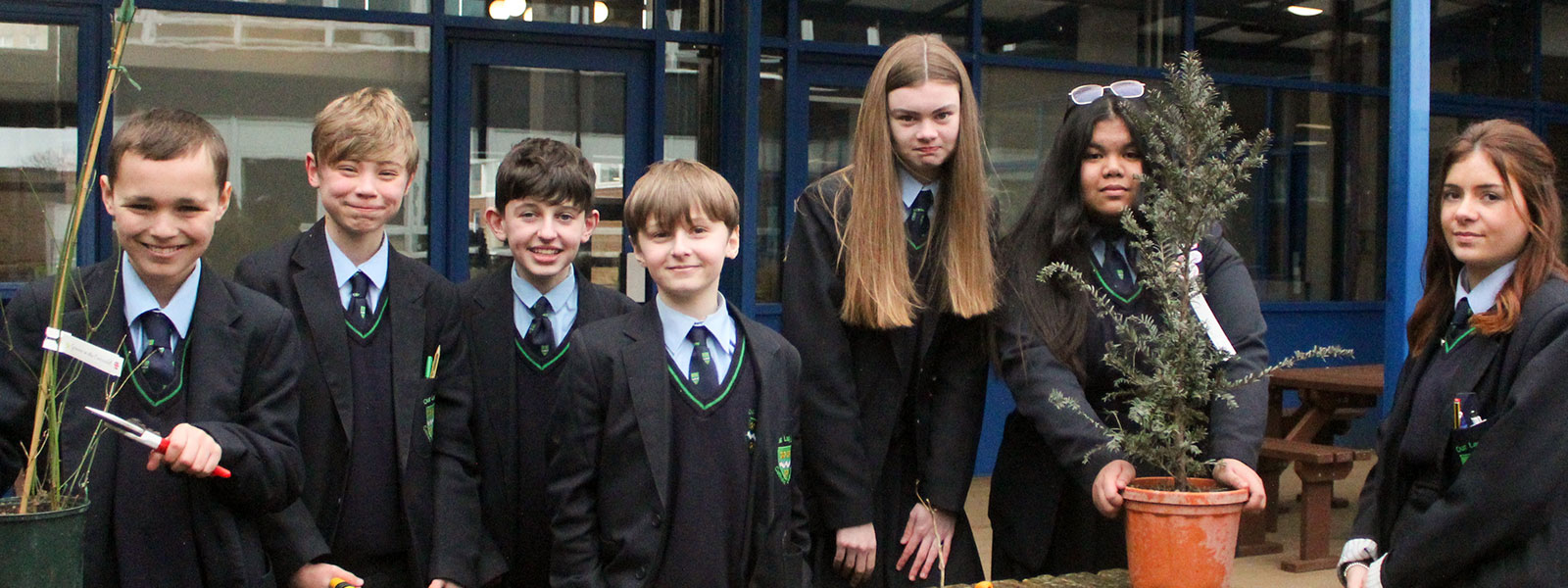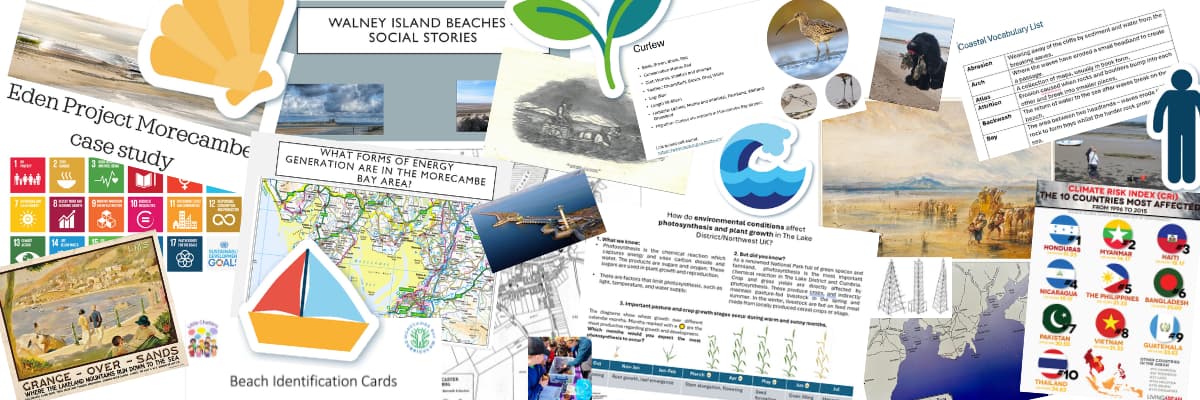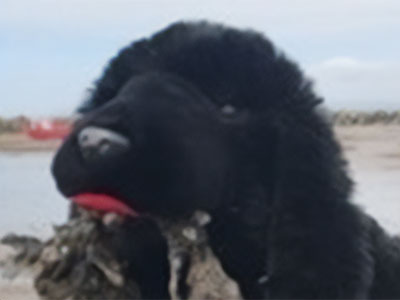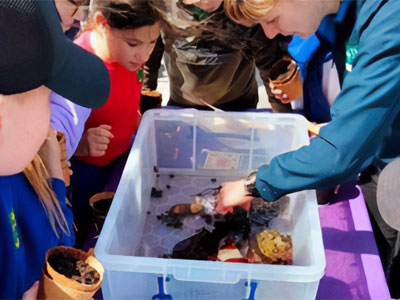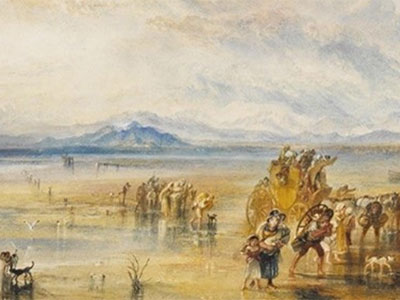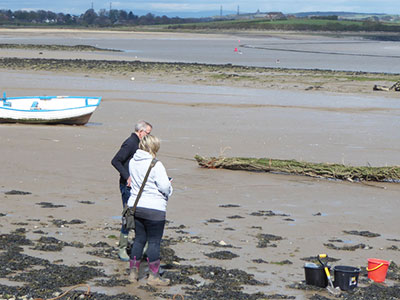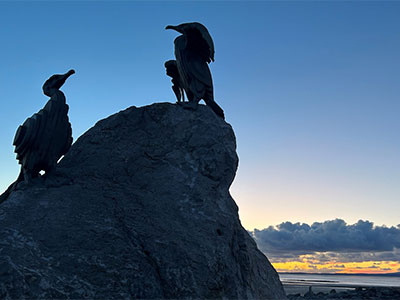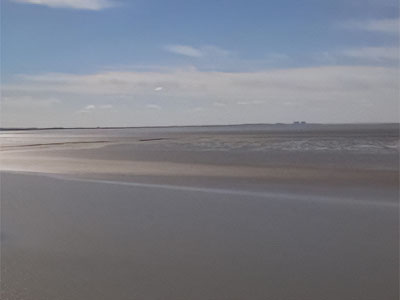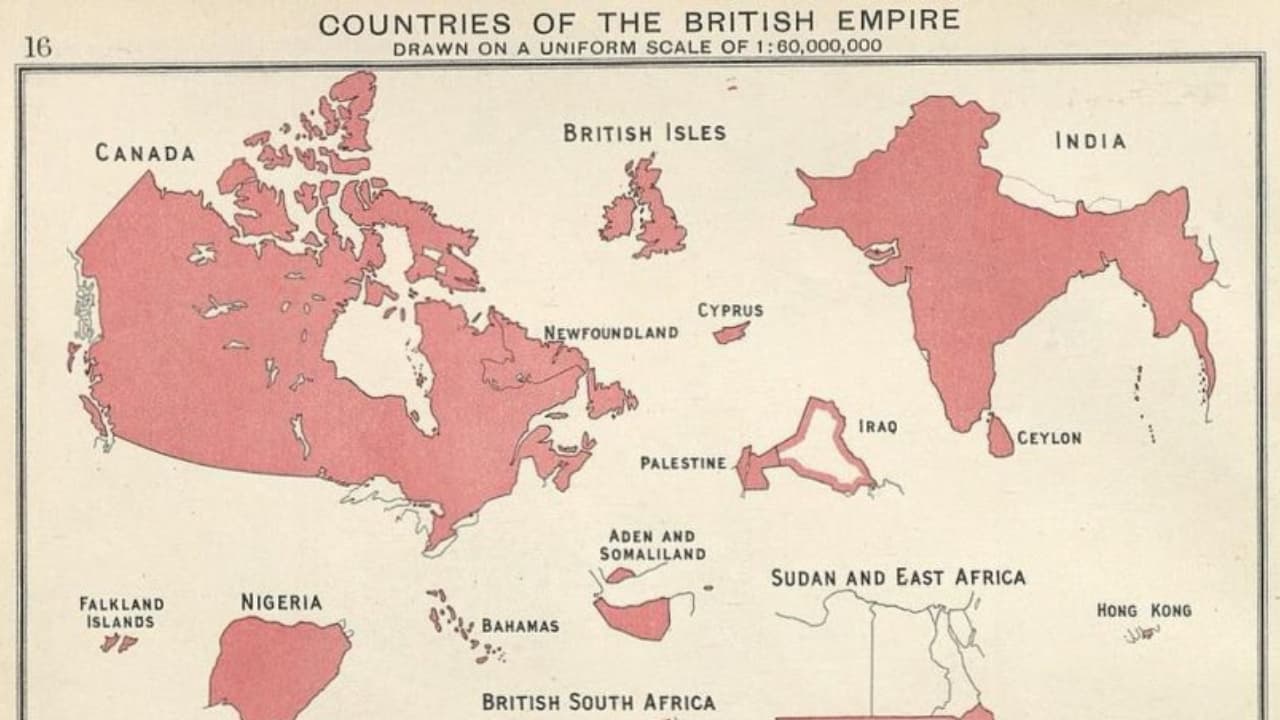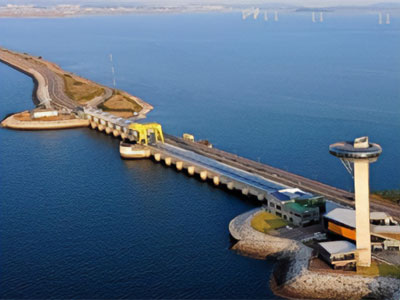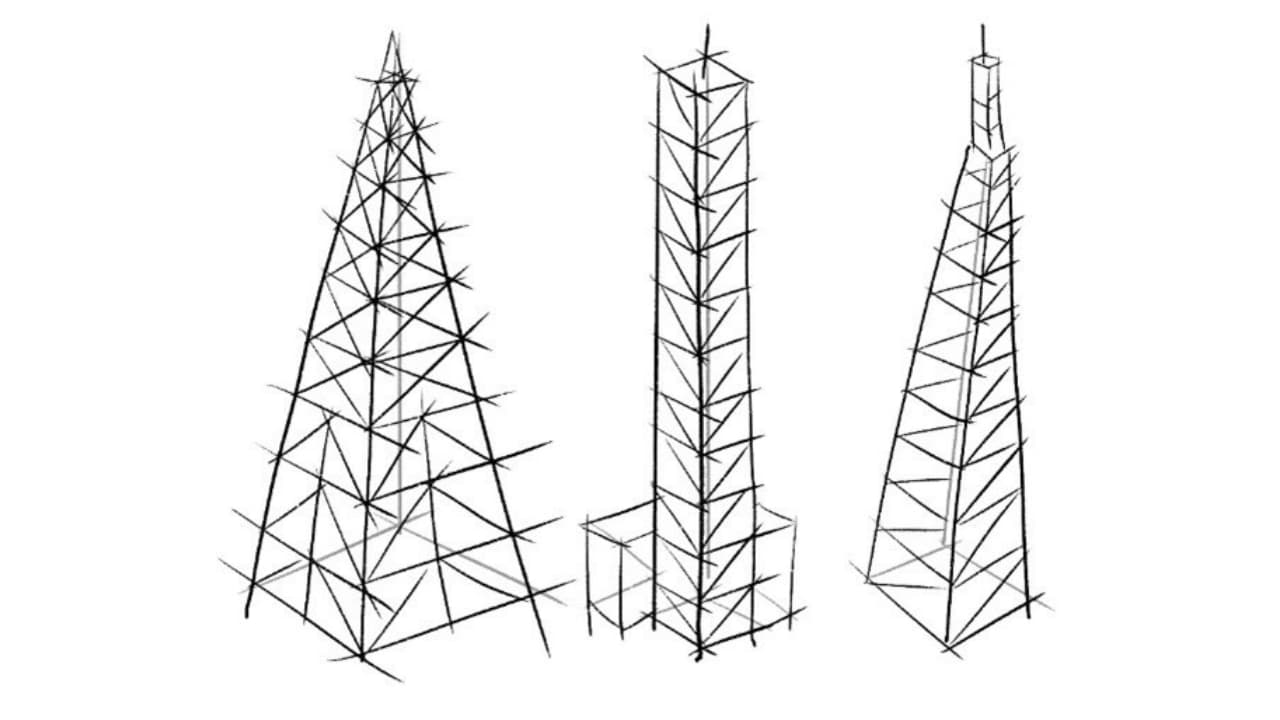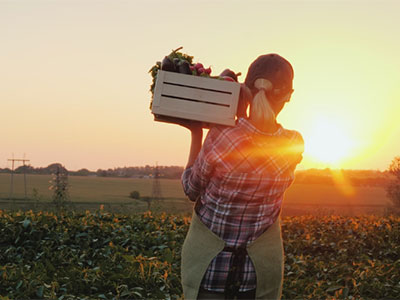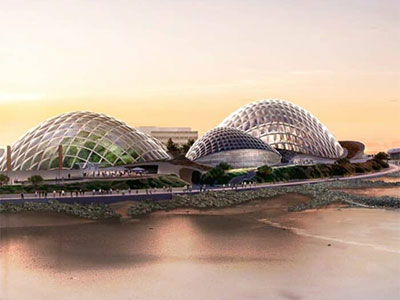Together with partners Let’s Go Zero, National Education Nature Parks and Climate Ambassadors, Morecambe Bay Curriculum have created a free and helpful Climate Action Plan guide.
Wherever you are on your Climate Action Planning journey, we hope that being part of the Morecambe Bay Curriculum can help you get started or take the next step. We wanted to create something useful and locally-focused in response to the sustainability and climate change strategy for education, stating that: “By 2025, all education settings will have nominated a sustainability lead and put in place a climate action plan”.
The 2025 MBC Annual Conference focused on Climate Action Plans, and below you will find resources that help you and your colleagues explore climate education and careers, decarbonisation, climate adaptation, biodiversity, school leadership and engagement.


